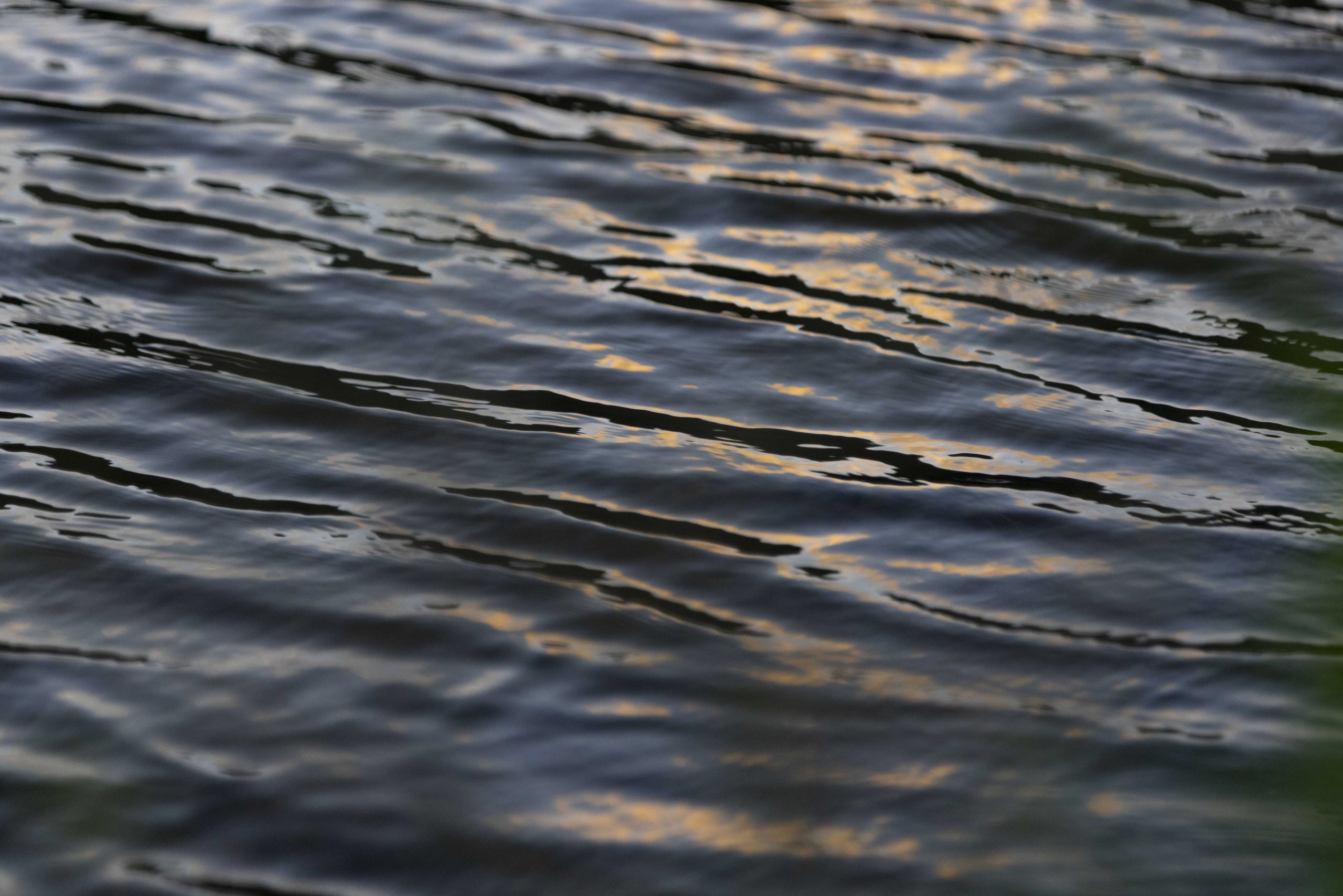
How do we store renewable energy when the sun doesn't shine or the wind doesn't blow?
Former Pioneer-Burdekin Pumped Hydro Energy Storage Project
In 2022, the Queensland Government announced a second Pumped Hydro Energy Storage (PHES) site had been identified in addition to the Borumba Project announced in June 2021.
The Queensland Government identified the Pioneer Valley and adjacent ranges, located approximately 75km west of Mackay, as an area with significant potential for a long-duration PHES facility.
This was due to its favourable topography and proximity to high-quality wind and solar generation sources in the Central and Northern Queensland Renewable Energy Zones, which could unlock large volumes of renewable energy.
Queensland Hydro conducted detailed technical investigations to better understand the impacts and benefits of PHES across the proposed Pioneer-Burdekin Project site. The studies included geotechnical investigations, environmental, social and cultural heritage assessments.
The information gathered during the investigations informed a Detailed Analytical Report for consideration of the Queensland Government.
Project status
On 2 November 2024, following the State Election in October 2024, the Queensland Government directed Queensland Hydro to cease the proposed Pioneer-Burdekin Project.
On 5 November 2024, the Queensland Government published the executive summary of the Pioneer-Burdekin Detailed Analytical Report. It is available from the Department’s website here.
Queensland Hydro is transitioning to project closure and no additional investigation work will be undertaken. We have commenced demobilising some equipment from sites.
Queensland Hydro will act with care and establish principles that will guide the process of selling land back to landholders that was previously sold to us.
If you have any questions relating to the former Pioneer-Burdekin project, please contact the Queensland Hydro team via email at [email protected] or via phone on 1800 875 099.


